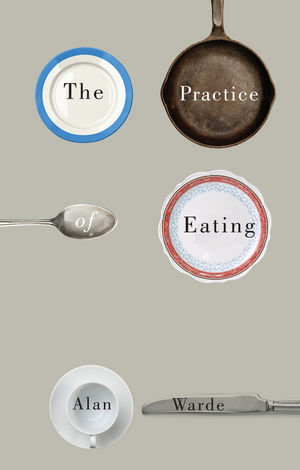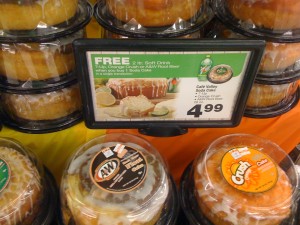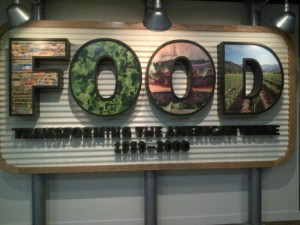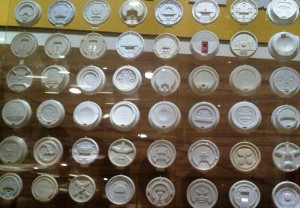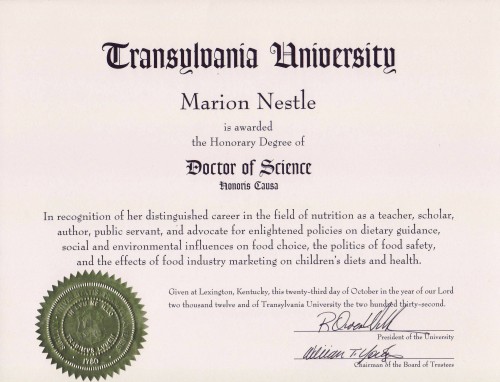Food debate of the week: Eat snakes?
I kn0w you wwill want to know about this. Take your pick:
PRO
Eating snakes offers ‘healthy and sustainable’ protein source: A new study has found that python meat could represent a more sustainable source of protein compared to conventional animal meat…. Read more
However, a new study co-authored by Dr Daniel Natusch and Dr Patrick Aust, among others, has suggested that the commercial farming of snakes could help improve agricultural food security and offer a more sustainable alternative to meats such as beef and pork.
The researchers came to this conclusion after measuring the growth rates of two large python species called Malayopython reticulatus and Python bivittatus at farms in Thailand and Vietnam. ..When comparing the food and protein conversion ratios of pythons with other animals, the researchers said that the snakes outperformed all other mainstream agricultural species that have been studied up until now.
‘Python tastes like a cross between chicken and calamari’
CON
For one thing, pythons are not native to North America, and they can be a threat to foreign ecosystems. South Florida, for example, already has a Burmese python problem due to escapees from the exotic pet trade…in places that do farm reptiles, snake escapes are pretty common. It may sound dramatic, but if we become a snake farming country, we should be prepared for the possibility of rogue pythons on the loose, eating whatever other animals (farm or pet) they come into contact with.
To meet wide demand, python farming in the U.S. would have to go the industrial agriculture (aka, factory farming) route, and that’s guaranteed to have negative ecological consequences…For instance: snakes may mostly eat “waste” animals, like rodents that we consider pests and want to exterminate anyway, but that will cease to be practical if an entire snake meat industry crops up where there wasn’t one before. (In fact, there’s already an entire mouse farming industry dedicated to feeding pet snakes.)






